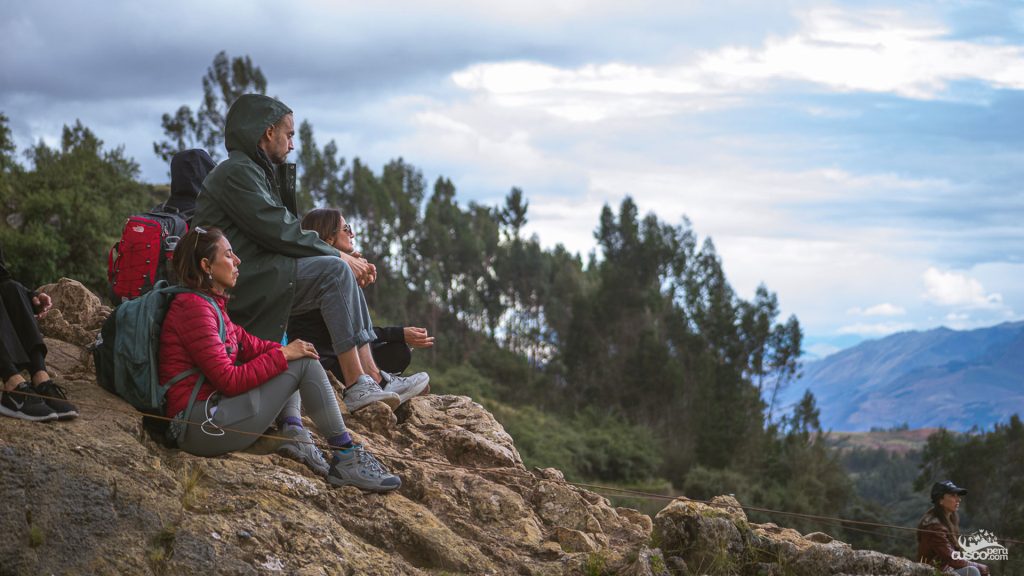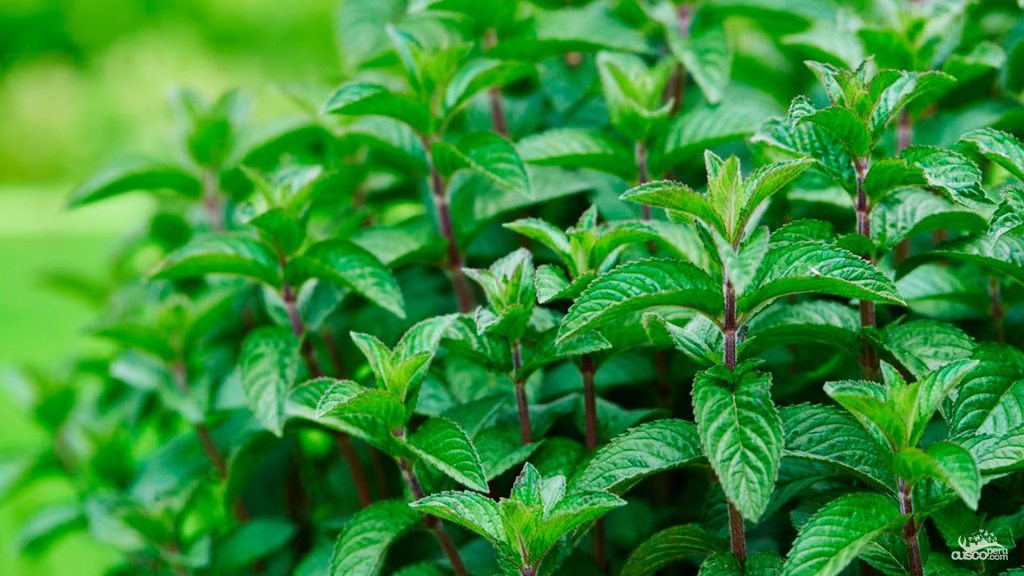

The use of medicinal plants includes a wide variety of techniques and treatments that have been used over the years to cure and treat various health conditions.
Using medicinal plants for altitude sickness offers a quick and viable solution, without the use of pharmaceuticals, to counteract the symptoms of mountain altitude sickness.
Table of Contents
Altitude sickness, also known as soroche, is a condition that can affect some people who visit high-altitude areas, due to the reduced oxygen in the air.
The most common symptoms of altitude sickness include:
Coca or Erythroxylon coca is primarily used in infusions. It is a stimulant, analgesic, and blood pressure regulator, which helps oxygenate the blood, reducing respiratory discomfort. It also acts as a digestive, easing nausea and stomach pain.


Muña or Minthostachys setosa is used in infusions. It has medicinal uses for treating headaches, gastritis, and altitude sickness. It helps improve breathing, reduces fatigue, and alleviates stomach discomfort. Like coca, it is a traditional botanical species in Inca medicine.


Prunus capulí Cav, being a 20-meter tall tree, has three forms of application: the fruit is used as a purgative, the leaves regulate heart rhythm and treat altitude sickness, and the bark of the tree is used as an anti-rheumatic. This plant is also used to relieve cough, bronchitis, and oxygen deficiency.


Mentha piperita contains biochemical components, primarily eugenol and rosmarinic acid, which are anticoagulants. These can improve blood circulation, but should be used in minimal doses for people with diabetes. It also combats dizziness and headaches. Like the plants described earlier, it is used in infusions.


Medicinal plants are often the first choice for altitude sickness; however, they can take time to be effective.

Happy passengers